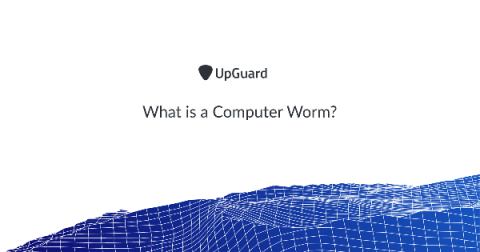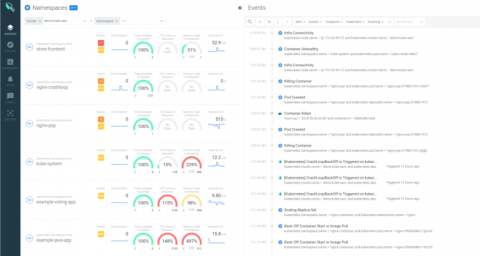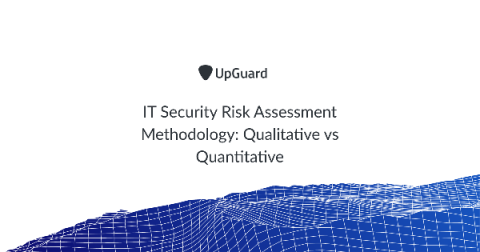What is Ransomware?
So what is Ransomware? Ransomware is a type of malicious program/application that gains access to your files or systems and blocks user access to those files or systems. Then, all files, or even entire devices, are held hostage using encryption until the victim pays a ransom in exchange for a decryption key. The key allows the user to access the files or systems encrypted by the program.











